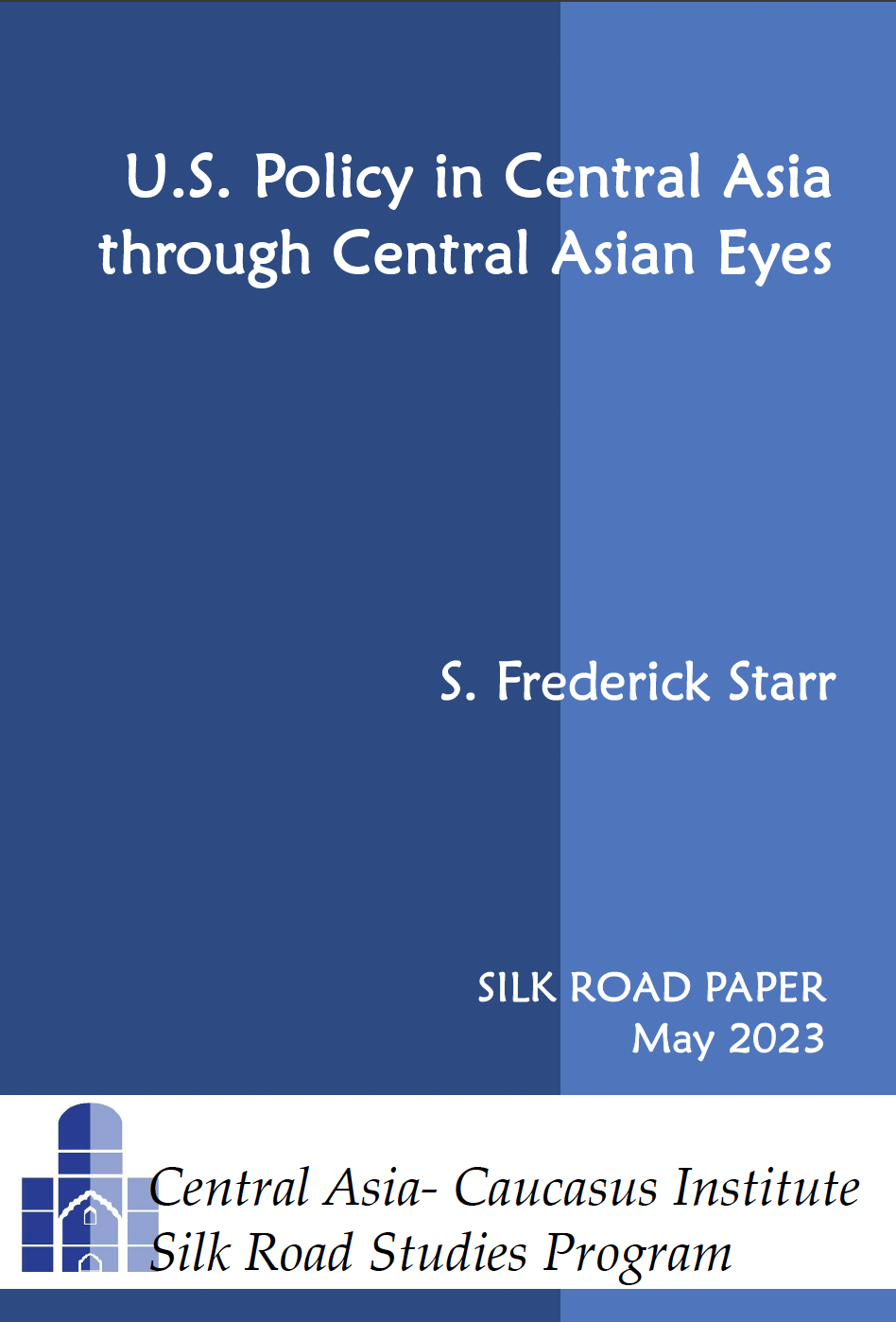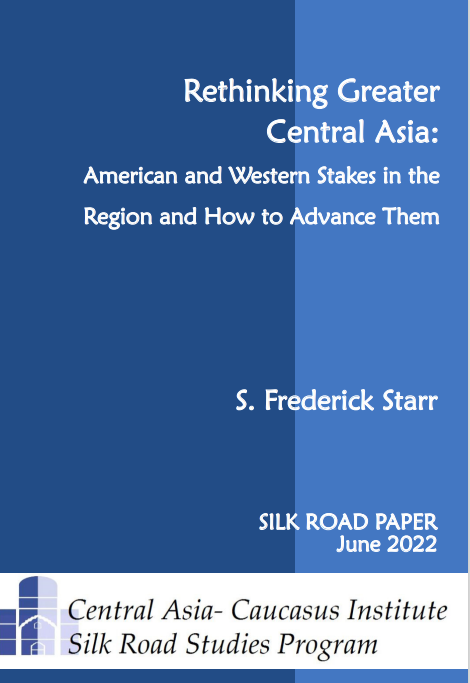BACKGROUND: Opium production in Afghanistan surged at the end of the 1990s, rising to 4600 tons in 1999, or 75 per cent of the world’s total, according to UNDCP estimates. This dramatically increased output was able to reach European markets not only through traditional routes via Pakistan and Iran, but also through the Central Asian republics of the former Soviet Union, especially Tajikistan and Turkmenistan. In 1995, the flow through Tajikistan was in the form of opium, most of which went from the Badakhshan province of Afghanistan through the Gorno-Badakhshan region of Tajikistan to Osh, in Kyrgyzstan. Afghanistani Badakhshan grew less than five per cent of Afghanistan’s opium, leaving only a comparatively small amount to transit Tajikistan. In 1997 Tajikistan authorities seized their first heroin transiting the country. By 2000, the total transiting Tajiksitan had risen to 300-500 tons of opium equivalent per year (30-50 tons of heroin), according to UNDCP estimates quoted in the Department of State’s 2001 International Narcotics Strategy Report. Of that, 80 per cent went through the western part of the country, largely in the form of heroin. Some economic experts estimate that the narcotics trade amounts to as much as 30% of Tajikistan’s GDP, which would put the value at about $300 million per year. Others suggest that it probably equals the value of the cotton or aluminum exports, which would put the value closer to $100 million a year. One can arrive at comparable figures by working from the profit from moving a kilogram of heroin across Tajikistan, which ranges from $4000 if the destination is neighboring countries, to $14,000 if the destination is Moscow. That would put the profit in the range of more than $120 million. Of course, not all of the profit remains in Tajikistan. Nevertheless, luxury cars have increased in number on the streets of Dushanbe, and residents cite various houses and building projects as evidence of trafficking. This boom in narcotics trafficking paralleled implementation of the peace accords between the government and the UTO, which were signed in June 1997 and formally declared implemented in May 2000. Profits from narcotics trafficking appear to have been on the same order of magnitude as international assistance, some of which was targeted directly at supporting the peace process. The economy grew slowly during this period, reversing the downward trend following the dissolution of the Soviet Union in 1991. This modest growth helped create the impression of slow improvement in the economy, even though income levels remained well below those of the pre-independence period. In addition, profits from narcotics trade could have helped persuade individual field commanders who were involved in trafficking to support the peace accords rather than seek alternative political arrangements.
IMPLICATIONS: The international team put together by the UNDCP to visit Afghanistan in May verified that the Taliban’s poppy ban is highly effective in areas it controls. The team was unable to get an estimate of the size of stocks of opium in Afghanistan, but the UNDCP had noted in 2000 that farm gate prices of opium fell significantly that year in spite of a small decrease in production, suggesting the existence of substantial stocks. Indeed, as of June 2001, seizures in Tajikistan were continuing to rise in comparison to those of 2000, indicating that stocks in Afghanistan were large enough not only to maintain the flow but to increase it. In the longer term, however, the flow will have to drop if the ban is maintained. Afghan farmers told the team that because it was a religious edict, the ban could not be violated no matter how desperate their plight. UNDCP hopes the international community will step forward with funding for immediate assistance and alternative development programs for the farmers, to mitigate the impact of the ban on their ability to earn a livelihood and ensure continued effectiveness of the ban. Assuming that the ban is maintained, production in non-Taliban areas of Afghanistan will not be able to make up the difference. For Tajikistan, this means that while the production from Badakhshan, Afghanistan, which transits the Gorno-Badakhshan region of Tajikistan may continue, the main flow of heroin through the western and central portions of the country will decline. Prices at the Afghanistan border would rise, but the effect on wholesale prices in consumption centers – and therefore the profits available for moving the product from one border to the other – would depend on supplies available from other countries, such as Burma. The income to Tajikistan would almost certainly decline precipitously.
CONCLUSIONS: A sharp reduction in trafficking through Tajikistan would clearly benefit the country by eliminating one form of particularly dangerous criminal activity and reducing supply-driven addiction. However, it could have a short-term negative impact, as no other sector of the economy is growing rapidly enough to take up the slack. More significantly, traffickers might react by either seeking to find alternative sources of opiates or, if that proved impossible, turning to other forms of criminal activity. As noted above, they could not get the necessary volume of heroin or opium from non-Taliban areas of Afghanistan. Other possible growing areas would include Tajikistan itself. The country has as history of small scale growing of opium in the hills near Pendjikent in the northwest, but any significant production would have to be in the open on irrigated land, which would require government acquiescence if not cooperation. If that was not forthcoming, the traffickers would have to scramble for other income-producing ventures. One observer in Dushanbe suggested that some might go into legitimate business, but that others might turn to hostage-taking.
AUTHOR BIO: Ambassador Grant Smith is a former U.S. Ambassador to Tajikistan, and a senior fellow at the Central Asia-Caucasus Institute, The Johns Hopkins University-SAIS.
Copyright 2001 The Analyst All rights reserved






 Book S. Frederick Starr and Svante E. Cornell,
Book S. Frederick Starr and Svante E. Cornell,